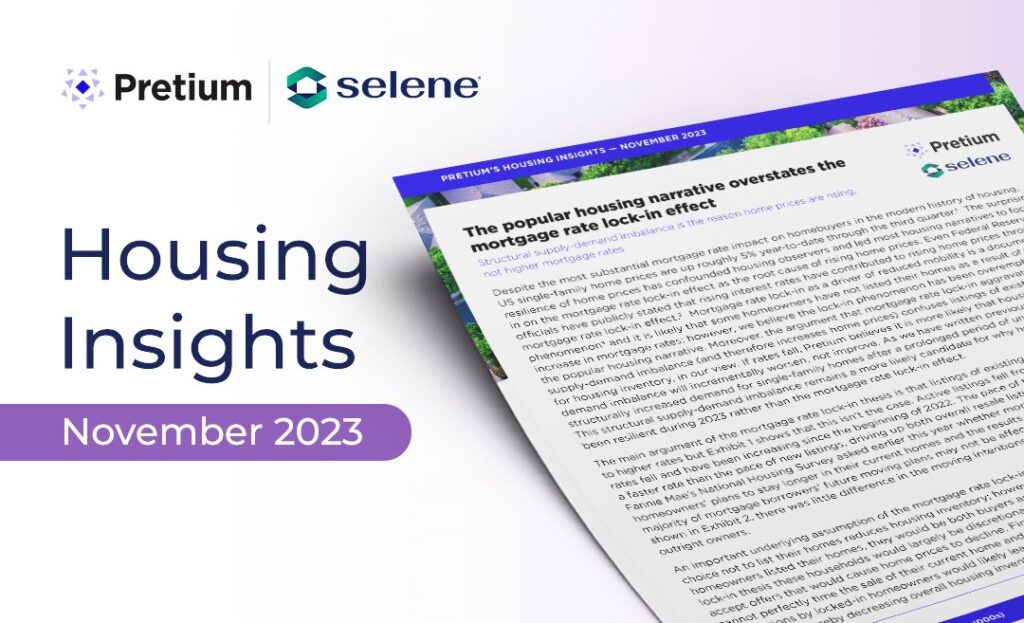
Despite the most substantial mortgage rate impact on homebuyers in the modern history of housing, US single-family home prices are up roughly 5% year-to-date through the third quarter.
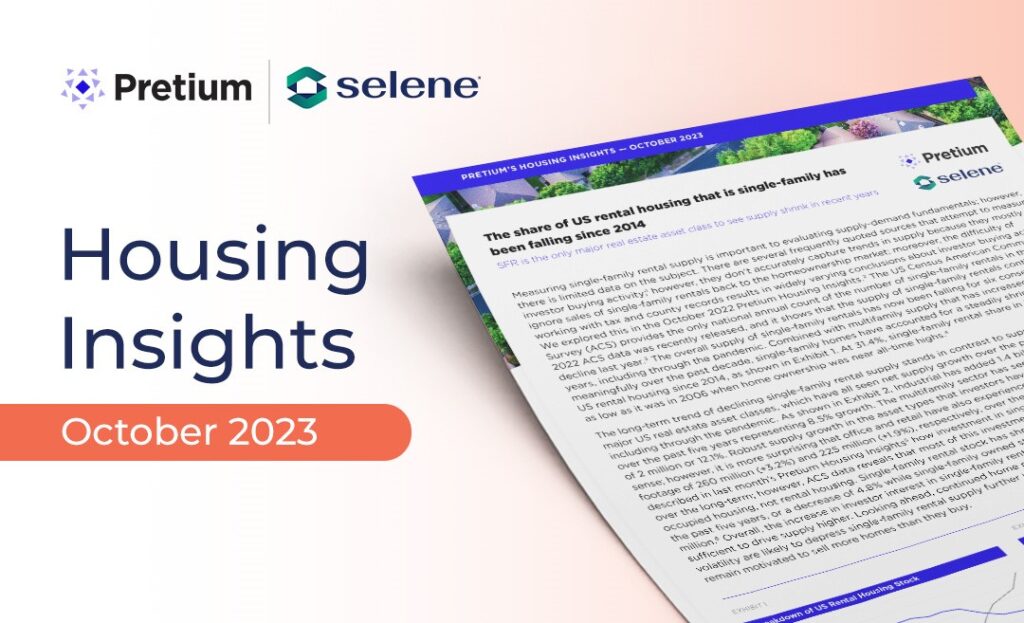
Measuring single-family rental supply is important to evaluating supply-demand fundamentals; however, there is limited data on the subject.
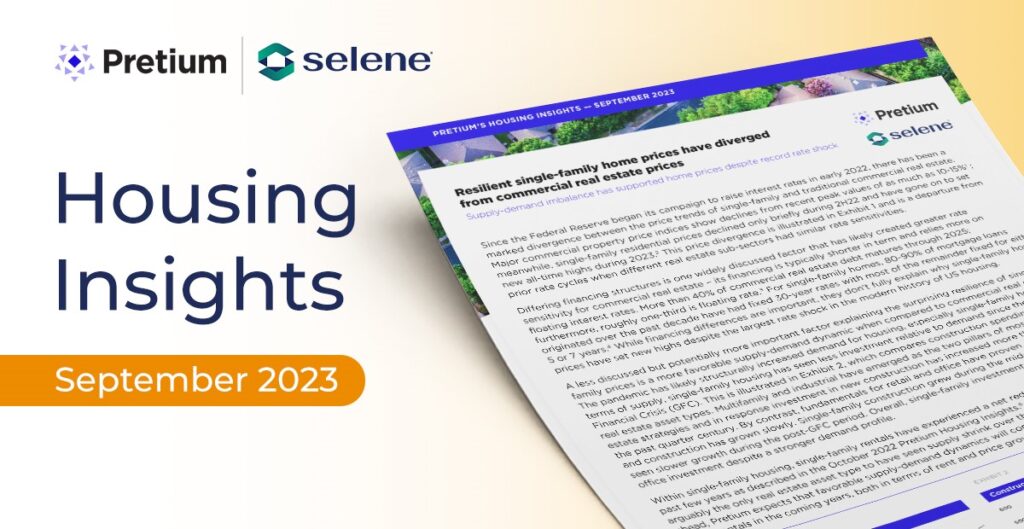
Since the Federal Reserve began its campaign to raise interest rates in early 2022, there has been a marked divergence between the price trends of single-family and traditional commercial real estate.
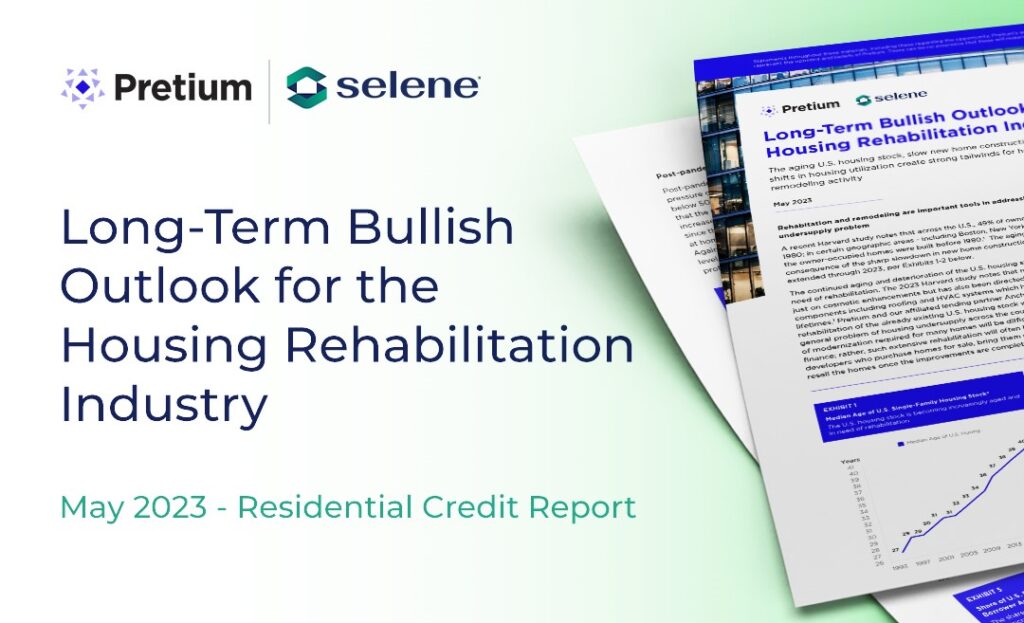
The aging U.S. housing stock, slow new home construction pace, and post-pandemic
shifts in housing utilization create strong tailwinds for housing rehabilitation and
remodeling activity.
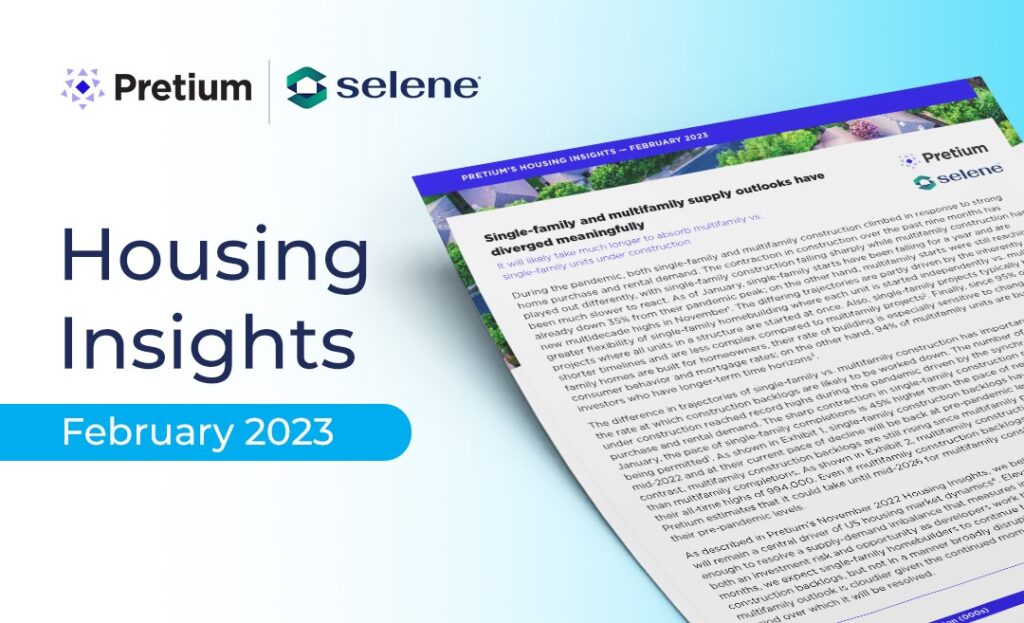
During the pandemic, both single-family and multifamily construction climbed in response to strong home purchase and rental demand.
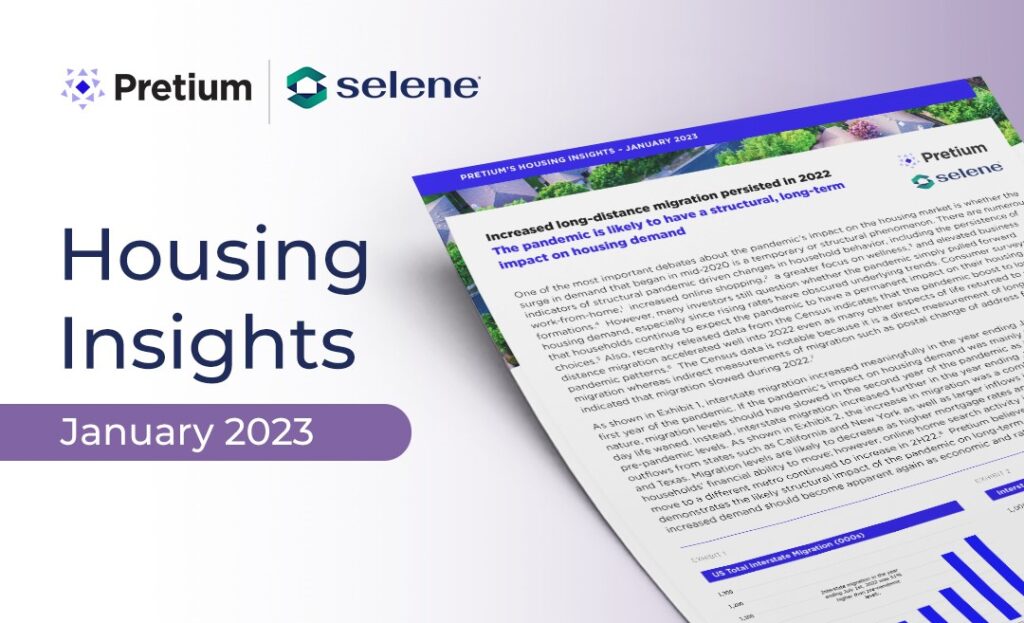
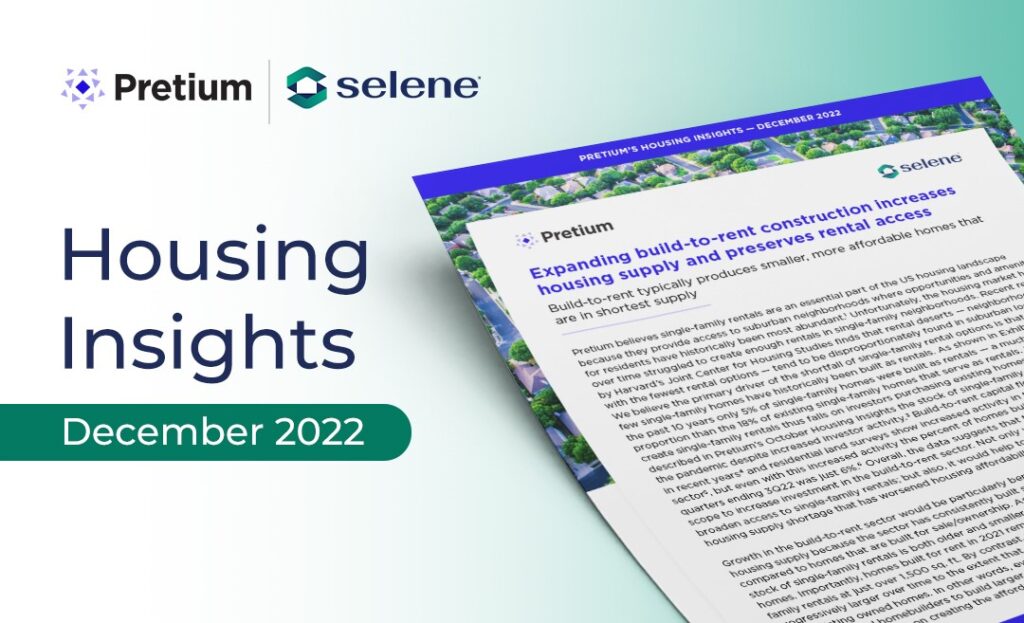
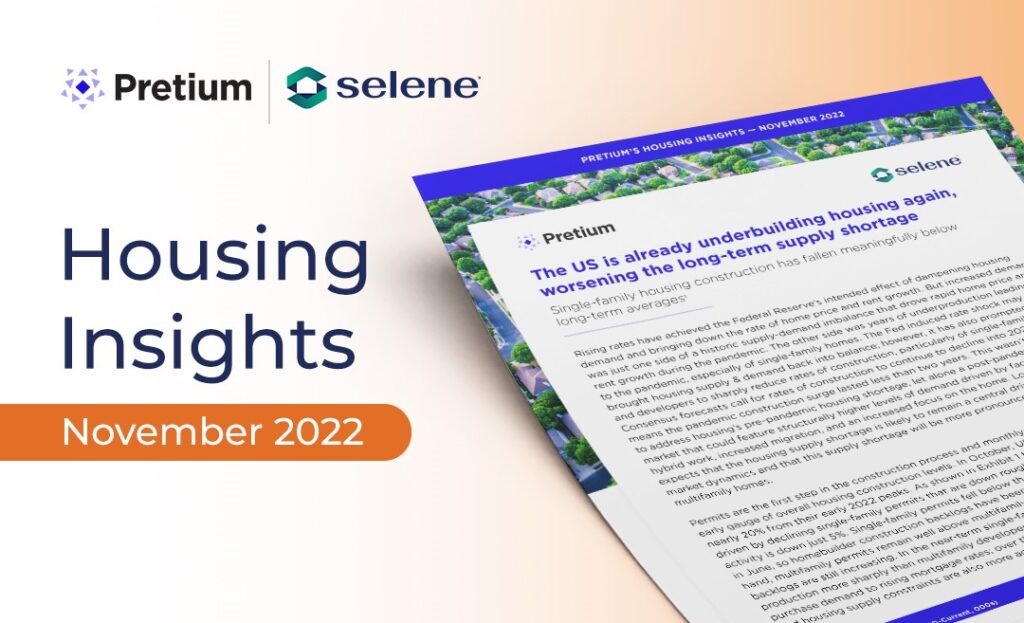
Rising rates have achieved the Federal Reserve’s intended effect of dampening housing demand and bringing down the rate of home price and rent growth.
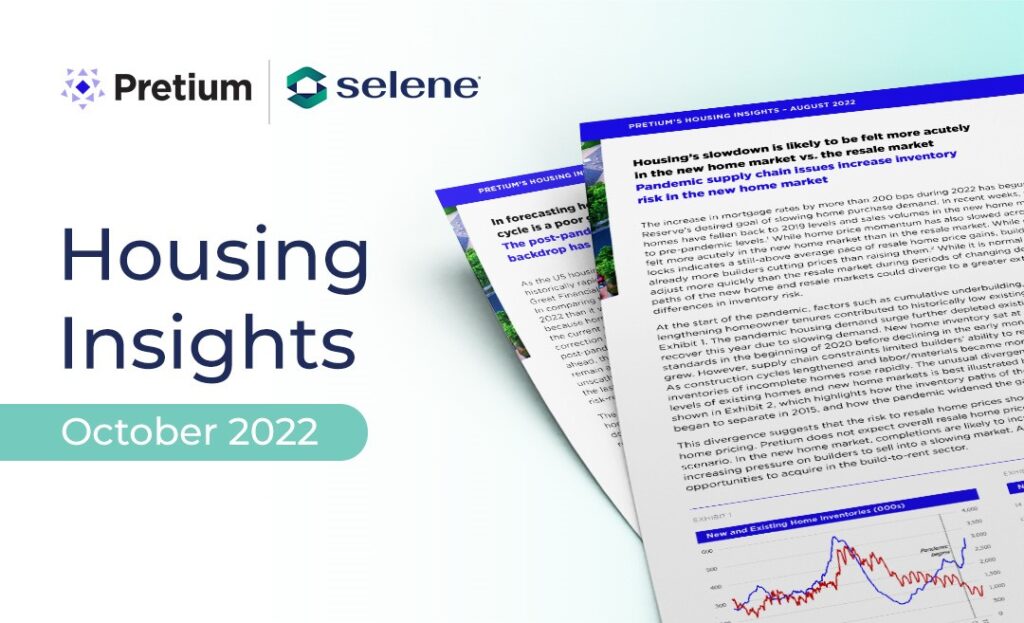
One of the more persistent housing narratives to emerge during the pandemic is that a dramatic increase in investor activity has limited the ability of aspiring homeowners to purchase single-family homes.
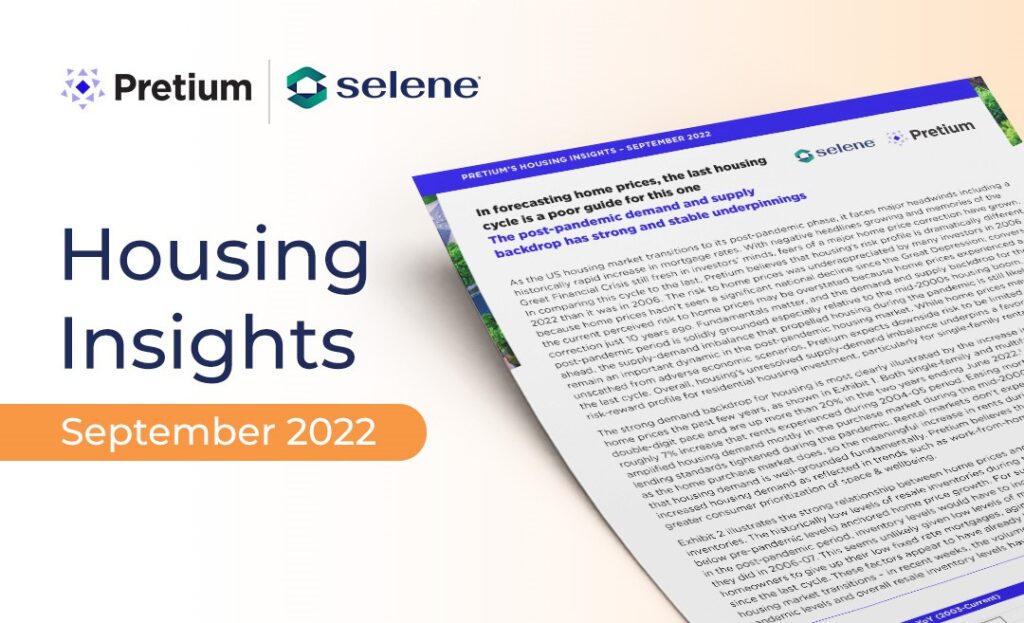
As the US housing market transitions to its post-pandemic phase, it faces major headwinds including a historically rapid increase in mortgage rates.
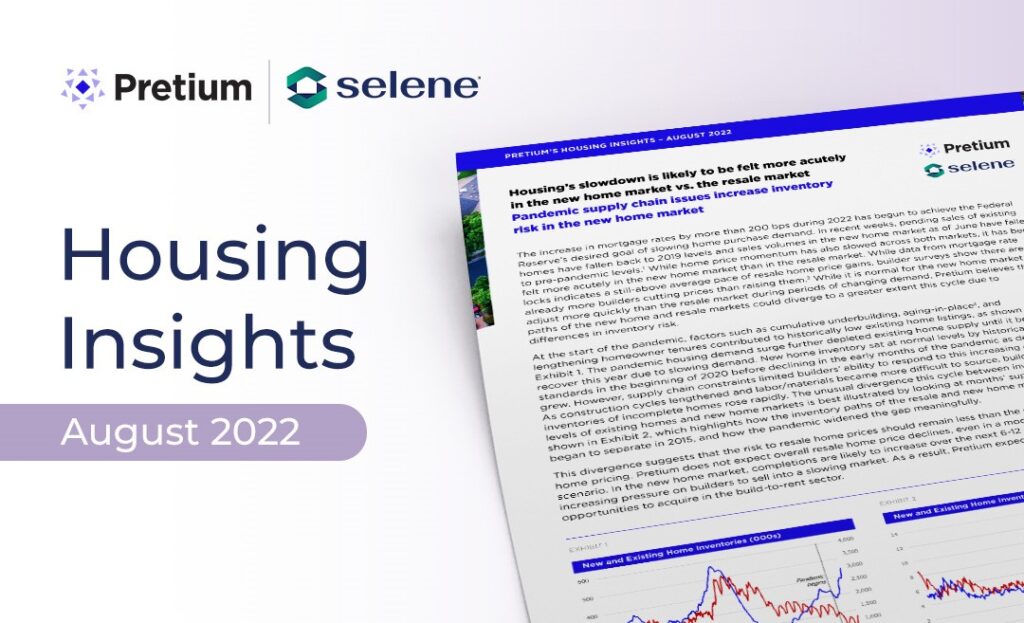
The increase in mortgage rates by more than 200 bps during 2022 has begun to achieve the Federal Reserve’s desired goal of slowing home purchase demand.
Selene office locations: Dallas, Jacksonville, and Salt Lake City
© 2025 Selene Finance LP. “SELENE” is a trademark of Selene Finance LP. Operating as Selene Finance LP in HI, LA, MN, CA, MT and OR. All rights reserved.
Some products may not be available in all states. This is not a commitment to lend.
Restrictions apply.
Equal Housing Lender. Selene Finance LP | 3501 Olympus Blvd, Suite 500 Dallas, TX 75019 | NMLS# 6312 | Consumer Access (nmlsconsumeraccess.org)